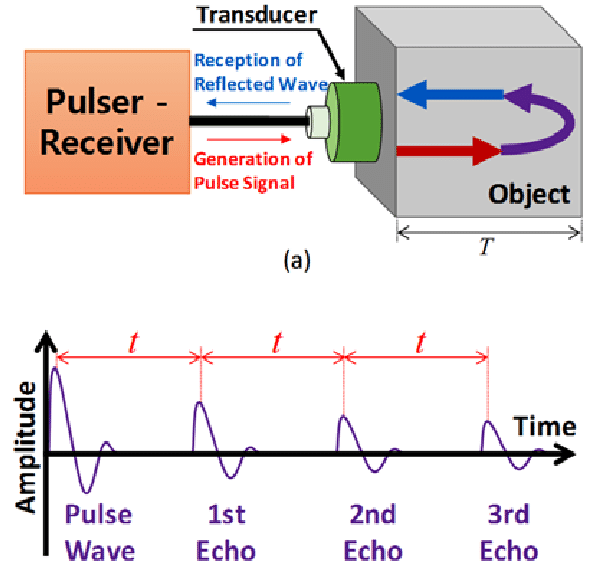The Terms of Scanning Acoustic Microscope.
views:501
author:admin
source:Hiwave
time:2024-12-20
catogory:Frequently Asked Questions
The Scanning Acoustic Microscope (SAM) uses the differences in acoustic impedance, absorption, and reflection of ultrasound waves in different materials to detect the internal structures, defects, a……
The Scanning Acoustic Microscope (SAM) uses the differences in acoustic impedance, absorption, and reflection of ultrasound waves in different materials to detect the internal structures, defects, and other features of semiconductor devices and various components. It performs qualitative analysis of components and materials and is currently an essential non-destructive testing method in nanotechnology research. Below is an explanation of commonly used professional terms in ultrasound scanning microscopy for your understanding:
Damping Control:
Damping control refers to the vibration characteristics exhibited by a forced vibration system when the excitation frequency is in a frequency band near the resonance frequency of the system. In this region, the impedance of the system is primarily determined by the damping. The vibration velocity is approximately independent of frequency and is proportional to the damping constant. Based on this property, increasing the damping can suppress the system’s response peak near the resonance frequency (e.g., in microphones and vibration isolators).
Time-of-Flight Detection:
Time-of-flight detection is a method for determining the distance between two points or layers by measuring the time delay of the reflected echo and the wave speed in the medium.
Interface:
The boundary between two materials in contact with each other.
Pulse-Echo Technique:
The pulse-echo technique is a form of ultrasonic testing that consists of two steps:
Transmission Mode: The transducer emits a high-frequency ultrasonic pulse into the sample.
Reception Mode: The ultrasound wave is reflected back from the sample’s interface and received by the same transducer, which converts the reflected wave into an electrical signal for processing. Information obtained from ultrasonic scanning microscopes includes the amplitude, phase, and time difference between transmission and reception of the echo signal.
 pulse-echo model
pulse-echo model
Ultrasound:
Ultrasound refers to sound waves with frequencies above 20 kHz. The ultrasound used for non-destructive testing with ultrasonic scanning microscopes typically operates above 1 MHz.
Amplitude:
In an A-scan waveform from an ultrasonic scanning microscope, amplitude refers to the vertical distance between the trough and peak of the wave.
Attenuation:
The reduction of sound intensity as the wave propagates through a medium.
Water Path:
In immersion testing, the water path refers to the depth of the water between the transducer and the surface of the sample.
Waveform:
The waveform refers to the amplitude-time curve of the ultrasonic echo.
Wavelength:
The wavelength is defined as the distance between two points in a medium that are in phase with each other, typically measured along the direction of wave propagation. For longitudinal waves, it is the distance between two consecutive rarefied or compressed regions, and for transverse waves, it is the distance between two consecutive peaks or troughs.
Wave Train:
A wave train refers to a series of waves that travel with approximately the same velocity and are nearly periodic.
Focus:
In ultrasonics, the focus refers to the point where the sound beam converges to its smallest diameter and maximum acoustic pressure. Beyond this point, the sound beam begins to diverge.
 pulse-echo model
pulse-echo model